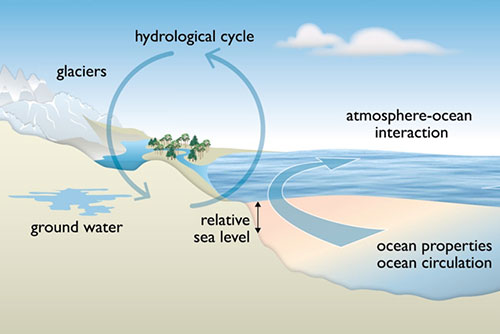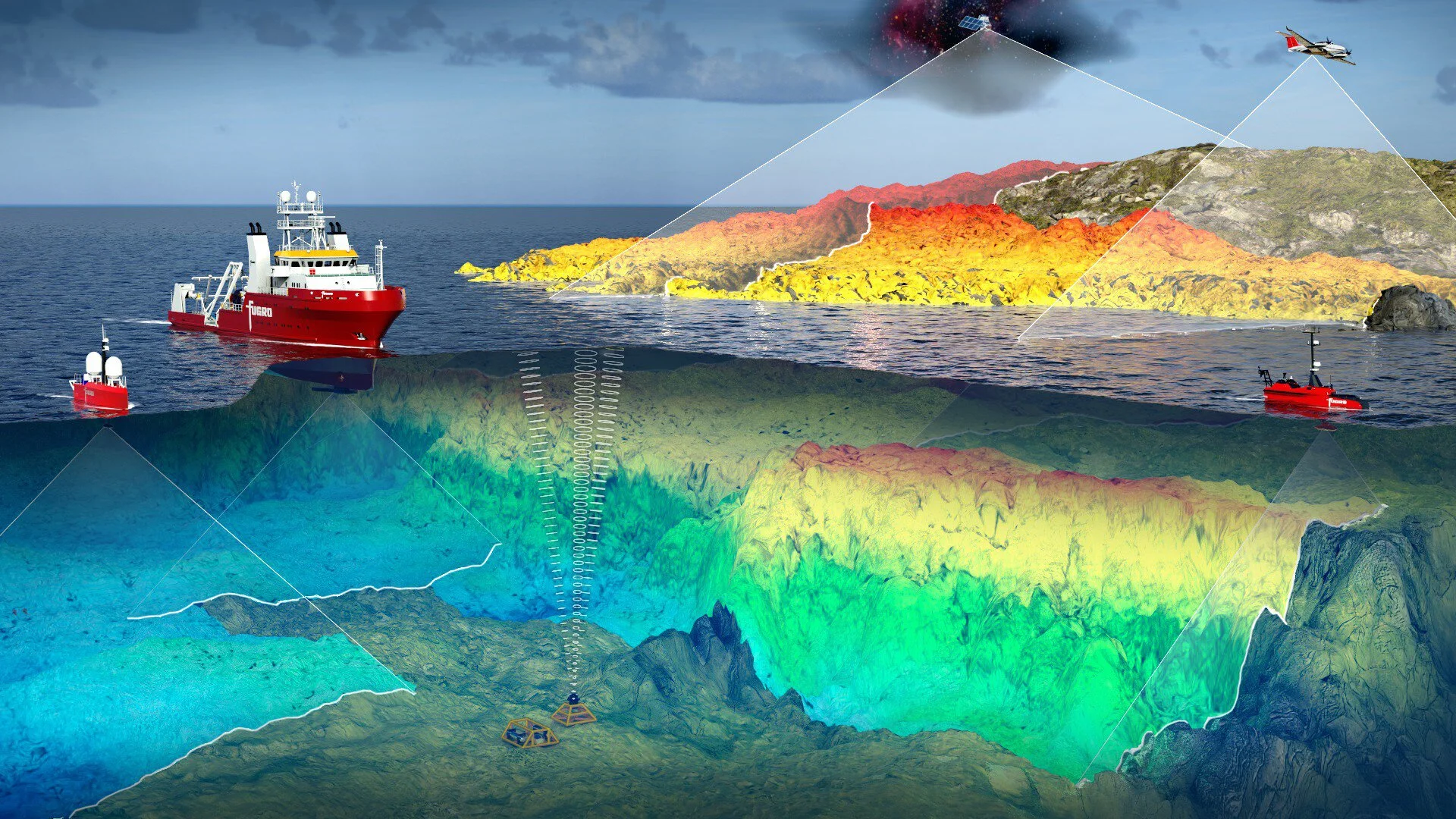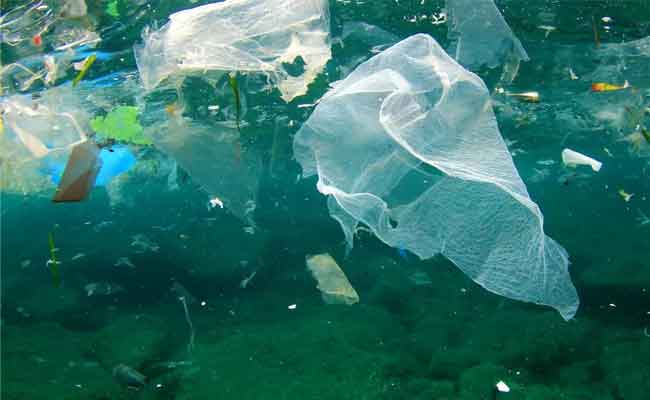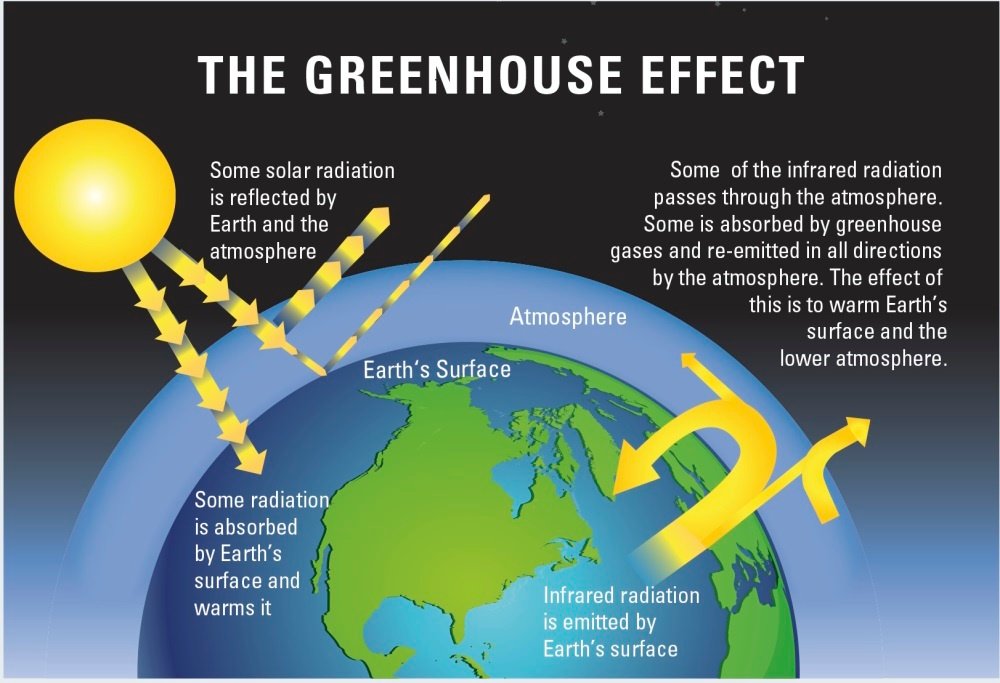The Devastating Impact of Sea Level Rise on Coastal Communities: Sea level rise, a significant consequence of global climate change, is increasingly threatening coastal communities around the world. Sea levels are rising at an alarming rate as global temperatures rise due to greenhouse gas emissions, melting polar ice caps and thermal expansion of seawater. This phenomenon is not only changing the coastline but also endangering the livelihoods, safety and infrastructure of the people living in the coastal areas. Understanding the devastating impacts of sea level rise is critical to developing effective mitigation and adaptation strategies.
The science behind sea level rise:

Sea level rise is mainly driven by two factors: the melting of glaciers and ice sheets and the thermal expansion of seawater. As global temperatures rise, polar ice melts more rapidly, contributing to higher sea levels. Additionally, as ocean water warms, it expands, further contributing to sea level rise. According to recent studies, global sea level has risen by about 8 to 9 inches since 1880, with a significant acceleration observed in recent decades.
Coastal erosion and habitat loss:
One of the most immediate effects of sea level rise is coastal erosion. As sea level rises, the force of storm surges and high tides erodes coastlines, causing loss of valuable land. Coastal erosion not only affects natural habitats but also endangers human infrastructure. Beaches, wetlands and mangroves, which act as natural buffers against storms, are being displaced by advancing seawater. This loss of habitat threatens biodiversity and disrupts ecosystems that support a wide range of species.
Flooding and property damage increased:
Floods are becoming more frequent and severe as sea levels continue to rise. Coastal communities are experiencing high instances of “sunny day flooding,” where rising tides cause flooding even in the absence of storms. Property and infrastructure located near the coast are particularly vulnerable to damage from these floods. Homes, businesses, roads and utilities are increasingly at risk, leading to costly repairs and insurance claims. The economic burden of flood damage can be overwhelming for both individuals and municipalities.
Displacement and migration:

The effects of sea level rise extend beyond physical damage; It also has profound social implications. Residents are forced to relocate as coastal areas become increasingly uninhabitable due to flooding and erosion. This displacement can lead to significant social and economic challenges, as communities are uprooted and must adapt to new environments. In some cases, entire communities may be at risk of being submerged, known as “climate refugees”. Displacement of people due to sea level rise is a growing concern for governments and humanitarian agencies.
Impact on infrastructure and economy:
Coastal infrastructure, including ports, transportation networks and utilities, are particularly sensitive to the effects of sea level rise. The economic impact of sea level rise is substantial, as damage to infrastructure can disrupt trade, transportation and essential services. The cost of maintaining and upgrading infrastructure to withstand rising sea levels is a growing concern for coastal towns and cities. Investing in resilience measures such as sea walls and flood defenses is necessary to protect economic assets and ensure the continued viability of critical infrastructure.
Adaptation and mitigation strategies:

Managing the impacts of sea level rise requires a combination of adaptation and mitigation strategies. Adaptation involves adapting to changes caused by sea level rise, such as implementing flood defenses, retrofitting infrastructure and developing early warning systems. Greenhouse gas reduction measures focus on reducing greenhouse gas emissions to slow the rate of global warming and sea level rise. International agreements, such as the Paris Agreement, play an important role in coordinating global efforts to address climate change and its associated impacts.
The devastating impact of sea level rise on coastal communities underscores the urgent need for action. Risks to coastal environments, infrastructure and human livelihoods are becoming increasingly serious as sea level rise continues. By understanding the science behind sea level rise and implementing effective adaptation and mitigation strategies, we can work to protect coastal communities and ensure a more resilient future. Meeting these challenges requires global collaboration, innovative solutions and a commitment to protect both people and planet.
Read Also: Sustainable Energy Solutions for Future
![]()






One thought on “The Devastating Impact of Sea Level Rise on Coastal Communities”